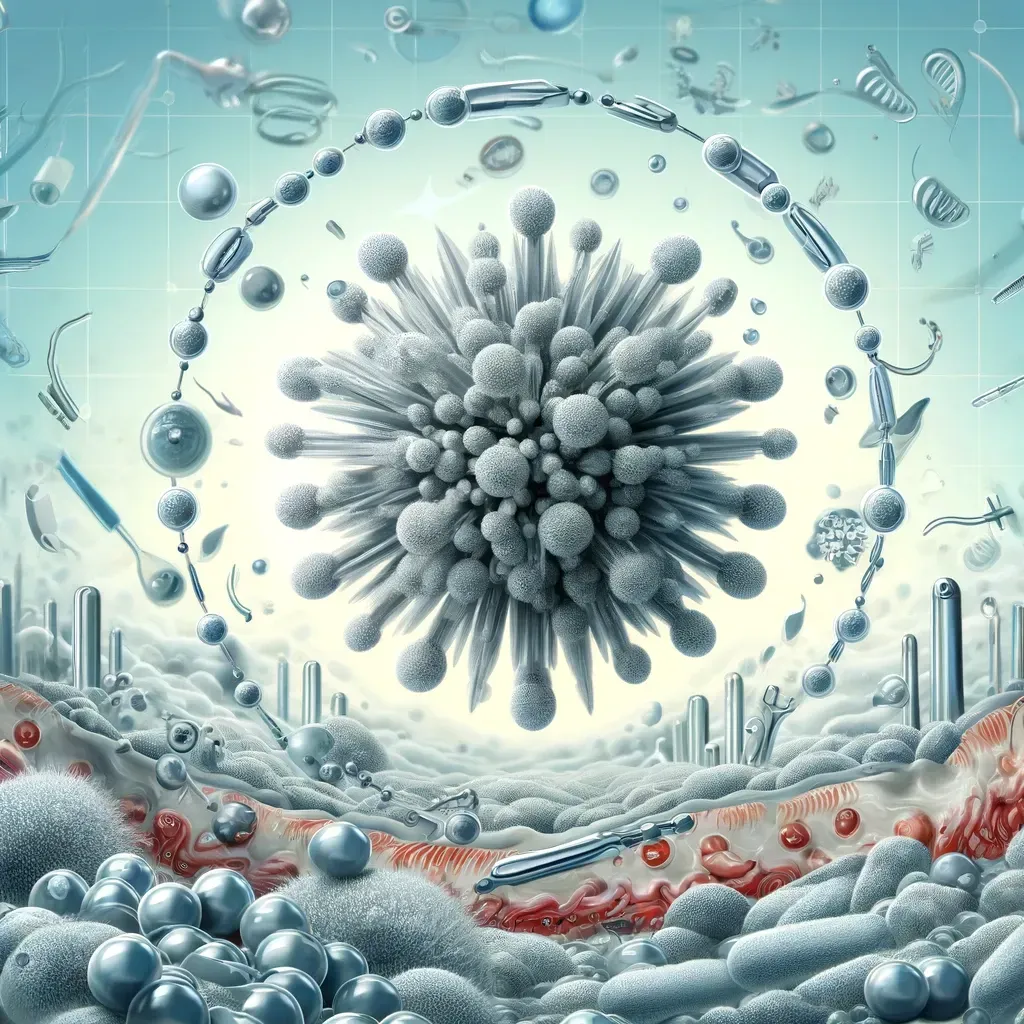American Liberty Silver Blog

The Silent Sentry: Understanding the Effects of Silver Ions on Bacterial Pathogens
The Silent Sentry: Understanding the Effects of Silver Ions on Bacterial Pathogens
In the realm of antimicrobial agents, silver ions stand as the silent sentries, battling against bacterial invaders with remarkable prowess. Their use is not a modern phenomenon; civilizations have harnessed silver's protective properties for centuries. Today, with advancements in technology, we delve deeper into the workings of silver ions, unveiling their strategic assault on bacterial pathogens that threaten human health.
Silver's Antimicrobial Legacy
Silver's reputation as a guardian against infections dates back to antiquity. It was coveted not only for its luster but for its ability to purify water and prevent wound infections. In modern medical practice, silver has made a resurgence, now backed by scientific evidence highlighting its broad-spectrum antimicrobial activity.
Mechanisms of Silver Ion Antimicrobial Action
The antimicrobial mechanisms of silver ions are diverse and complex. When silver ions (Ag+) are introduced into a bacterial environment, they engage in a multi-front offensive:
Cell Wall and Membrane Disruption: Silver ions bind to the bacterial cell wall and membranes, causing structural changes that increase permeability. This destabilization leads to the leakage of vital cellular components, setting the stage for the bacterium's demise.
Respiratory Enzyme Inhibition: By penetrating the bacterial membrane, silver ions disrupt essential respiratory enzymes, choking the energy supply of the bacterial cell and effectively halting its metabolism.
DNA Interaction: Silver ions have an affinity for nucleic acids. They bind to the DNA, unwinding the helix and obstructing replication. Without the ability to multiply, bacteria are rendered ineffective.
Interruption of Cellular Processes: The ions interfere with other cellular processes, including the function of ribosomes, which are critical for protein synthesis. This interference further weakens the bacteria's survival mechanisms.
Clinical Applications and Benefits
The potent effects of silver ions have been exploited in various clinical applications:
Wound Dressings: Silver-infused dressings are used to treat burns and chronic wounds, preventing bacterial colonization and promoting healing.
Medical Equipment: Catheters and other medical devices coated with silver thwart the establishment of biofilms, reducing the risk of device-related infections.
Dental Products: In dentistry, silver ions are incorporated into mouthwashes, gels, and filling materials, targeting cariogenic and periodontal pathogens.
Environmental and Safety Considerations
While silver's antimicrobial effects are beneficial, responsible use is paramount to prevent environmental accumulation and resistance development. Current research suggests that silver ions, when used judiciously, present minimal risk to the environment and human health, maintaining their position as a valuable tool in the antimicrobial arsenal.
The Road Ahead
With the shadow of antibiotic resistance looming, silver ions could play a pivotal role in future therapeutic strategies. Continued research and innovative applications may pave the way for silver ions to augment, or in some cases replace, traditional antibiotics.
As we harness the power of these ancient warriors in our fight against bacterial pathogens, we are reminded that some of the most effective weapons in modern medicine have roots that stretch deep into the past. The silent sentry, silver, with its lustrous gleam, continues to shine brightly in the ongoing quest to protect human health from microbial foes.
Get your Alkaline Structured Silver today at www.americanlibertysilver.com.
(Note: This article is based on general information and educational purposes only. It is not intended to provide medical advice. For any health-related concerns or before starting a new supplement, consult with a healthcare professional.)

© Silvique - 2024 All Rights Reserved
*These statements have not been evaluated by the Food and Drug Administration. These products are not intended to diagnose, treat, cure or prevent any disease.